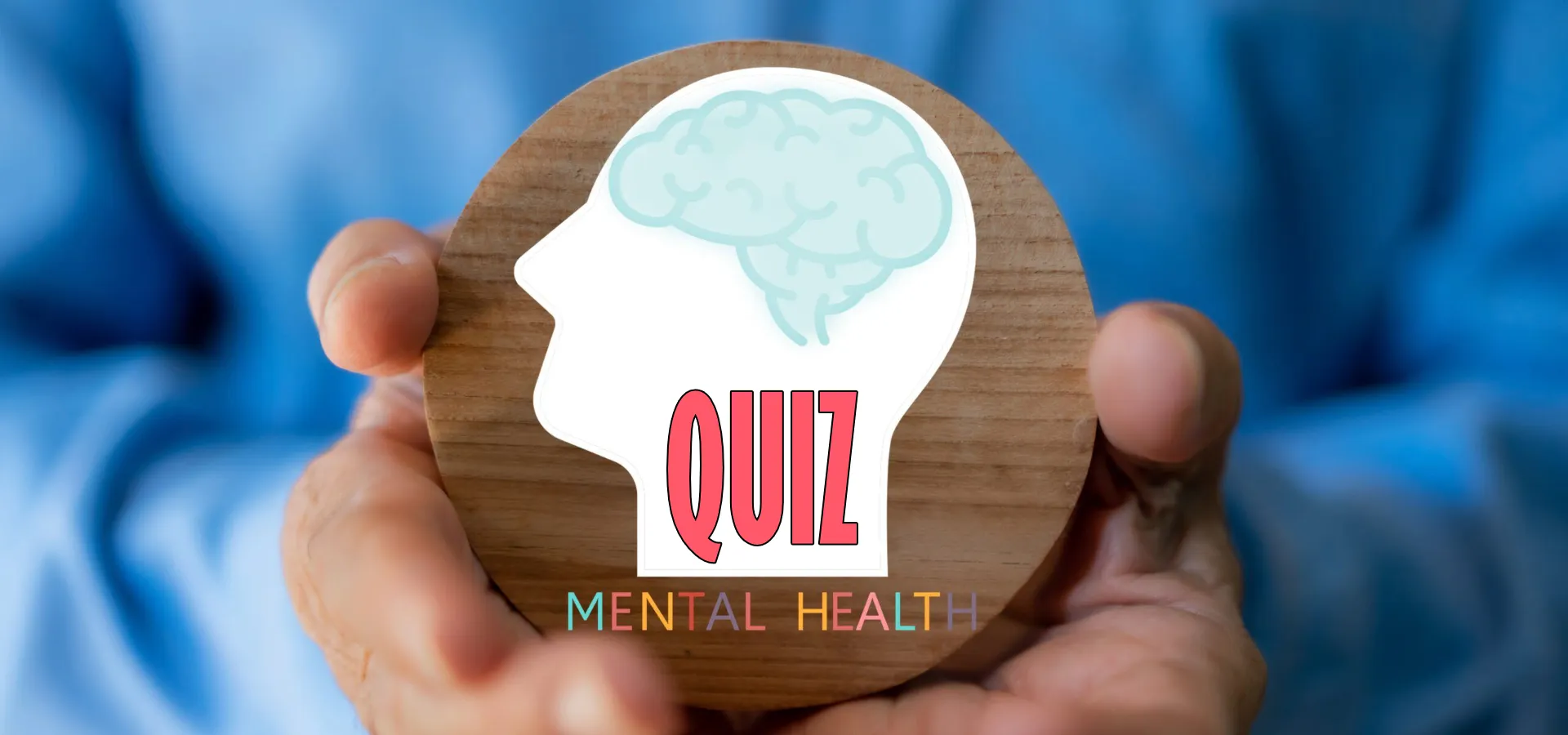
Every year on 10 October, people everywhere observe World Mental Health Day. This day is important for raising awareness about mental health. It reminds us to show kindness and empathy. It also tells us that mental health is just as important as physical health. The official theme for World Mental Health Day 2025 is “Access to Services – Mental Health in Catastrophes and Emergencies.” This theme is both global and personal. It highlights the need to make mental health support available for everyone, especially during hard times.
What the 2025 Theme Means?
When we think about catastrophes and emergencies, we often imagine earthquakes, floods, wars or pandemics. These are real events that affect millions of lives every year. However, emergencies can also occur inside our workplaces. Deadlines might feel overwhelming. Sudden layoffs can shake lives completely. Harassment can hurt confidence deeply. Toxic pressure makes employees feel trapped and helpless. In all these situations, having access to good mental health support is very important.
The phrase Access to Services means that people should be able to find the help they need without any obstacles. It is not enough for these services to just exist. They must be affordable, easy to get and free from stigma. Many people avoid seeking help because they fear being judged. Others cannot get help because therapy costs too much. Some live in places where mental health services are simply not available. World Mental Health Day 2025 reminds us that these gaps must be closed.

The words Catastrophes and Emergencies tell us that mental health needs often become urgent in difficult times. When people face sudden losses or crises, they require quick and kind support. Physical survival is important, but emotional survival is just as crucial. In simple words, this theme means society must ensure mental health services are always available, especially during times of strong stress.
Why This Theme Matters for Workplaces?
Workplaces are much more than just buildings. They are places where people spend a large part of their lives. When workplaces are supportive, employees grow and do their best work. But if workplaces are harsh or neglect employees’ needs, employees suffer. Problems like stress, anxiety, burnout and depression have become common in offices and factories globally.

It is natural to connect this year’s theme to workplaces because:
- Workplaces often face emergencies, such as economic problems, sudden restructures, layoffs or harassment cases. Employees live these events as personal crises.
- Mental health services at work are often limited. Many employees do not know where or how to seek help. Some companies provide helplines or Employee Assistance Programs, but stigma or lack of awareness makes usage low.
- When companies face budget cuts, wellness and mental health programs are often the first to be cut. Ironically, these are the very times when employees need this supports the most.
For these reasons, workplaces must understand that the 2025 theme is not just about natural disasters but also about daily and sudden challenges at work.
Recent Workplace Incidents That Show the Need for Mental Health Support
Several incidents from recent years show why accessible mental health services at work are urgent and necessary.
In 2024, the tragic death of Anna Sebastian Perayil, a 26-year-old employee at EY India, brought attention to the mental pressure and overwork in corporate jobs. Many young professionals are closely related to her story. They also felt the heavy burdens of deadlines, targets and constant competition. This sad incident made people realize that mental health care is not a luxury but a must-have.
Reference: Economic Times on EY Employee’s Death

In India, a survey found that more than 80 percent of employees reported stress, anxiety or depressive thoughts. Many said they had trouble sleeping. Some felt distant from their families due to long work hours. These numbers show that workplace stress affects the large majority, not just a few people.

In Bhadrak, Odisha district, a nurse tried to end her life after facing harassment and blackmail from coworkers. Her case showed that harassment is not only a legal or moral problem but can become a serious mental health emergency. Without good mental health support at these times, people may feel trapped and hopeless.
Reference: Times of India on Nurse Suicide Attempt
Reports in 2025 revealed that chronic illnesses among employees are appearing a decade earlier in India than in developed nations. Stress and burnout played a key role. About one in five employees said they were thinking about leaving their jobs because of poor mental health.
These incidents are not isolated cases. They show a clear pattern: workplaces can become sites of catastrophe for individuals. When that happens, accessible mental health services can decide the difference between recovery and tragedy.
Challenges Employees Face in Accessing Mental Health Services at Work
Even though many organizations talk about mental health and wellness, actual access to care is still far from easy. Even when services exist, employees face many barriers that stop them from seeking help.

- Stigma: Many employees feel that asking for counseling or mental health support will make them seem weak or less capable. Some fear that managers will doubt their commitment or exclude them from future opportunities. Because of this fear, many hide their troubles until they become too big to handle.
- Lack of Awareness: Sometimes services like counseling hotlines, Employee Assistance Programs and wellness apps are available, but employees do not know about them or how to use them. Information about these services might only be shared once during orientation and then forgotten. Without regular reminders, employees assume no help exists.
- Limited Availability: In smaller towns or for smaller companies, mental health support can be rare. Employees may not find qualified therapists near them and the services offered by the company might be weak.
- Financial Costs: Therapy sessions can be expensive. In many places, insurance does not cover mental health care properly. This forces people to pay out of their own pockets. Even when companies provide partial help, multiple sessions over time become unaffordable.
These barriers show why workplace mental health care is so important. Unless these obstacles are removed, employees will keep suffering in silence. The goal must be to create workplaces where mental health support is not only available but also clear, affordable and free from stigma. That is what true access means.
What Can Companies Do to Improve Workplace Mental Health?
To honor the spirit of World Mental Health Day 2025, companies can take meaningful steps to support employees.

- Build Awareness: The first step is to make mental health a normal topic of conversation at work. Companies can arrange workshops, talks and campaigns that use simple language and real stories. When leaders and managers share their own mental health experiences openly, they send a strong message: it is okay to talk about mental health. This openness lowers stigma and encourages employees to ask for help when needed.
- Offer Accessible Services: Services must be easy to use, affordable and confidential. Companies should provide free or subsidized counseling sessions and set up helplines that protect employee privacy. Both online and offline options should be available so that employees can choose what works best. When services are visible and accessible, employees will use them early, before problems grow bigger.
- Train Managers: Managers are often the first to notice when an employee is struggling. But without training, they might misinterpret signs or respond wrongly. Training programs can teach managers to recognize early signs of stress, burnout or anxiety and to respond with kindness. Just like managers learn business skills, they should also learn people skills that support emotional well-being.
- Promote Work-Life Balance: A workplace culture that pushes overwork can harm employees and the company. Employers should encourage reasonable working hours, allow flexibility when possible and promote rest as a way to better performance. Small changes like respecting boundaries outside of work hours, encouraging breaks and supporting remote or hybrid work can help a lot.
- Create Safe Reporting Systems: Harassment and bullying are not only legal and moral concerns but also mental health emergencies. Employees must feel safe when reporting these problems. Clear systems must exist to ensure complaints are handled fairly, confidentially and without retaliation. When employees trust these systems, they speak up early and prevent further harm.
Prepare for Emergencies: Just like fire drills practice physical safety, companies can prepare for mental health emergencies. For example, if an employee breaks down during a meeting, managers should know the right first steps: listen without judgment, offer immediate support and guide the person to professional help. Having a mental health emergency plan shows the company cares deeply about employee well-being.
How Employees Can Support Mental Health at Work?
Mental health at work is not only the company’s responsibility. Employees also play a vital role in creating a safe and healthy workplace.

- Speak out when feeling overwhelmed. Silence often makes problems worse. If employees feel stressed, anxious or burned out, they should reach out to a counselor, trusted manager or helpline. Asking for help is not a weakness. It is courage and self-awareness.
- Support colleagues. Workplaces are communities where people spend much of their time. Even small acts of kindness or listening can stop someone from feeling alone. Checking in on co-workers, listening without judgment or taking short breaks together builds trust and connection. Peer support helps everyone know they are not alone.
- Practice self-care. Employees should also take care of their own health. Healthy habits like enough sleep, balanced food, exercise and hobbies build strength and reduce stress. Even short daily activities like deep breathing, walks or disconnecting from work help refresh the mind. Self-care is not selfish. It is necessary for personal health and workplace productivity.
- Challenge stigma. Employees can change workplace culture by talking openly about stress and sharing mental health experiences. Normalizing these conversations reduces fear and encourages others to seek help. When stigma fades, everyone gains safer, more compassionate workplaces.
World Mental Health Day 2025 Videos
Conclusion
World Mental Health Day 2025 reminds us that mental health is essential. The theme Access to Services – Mental Health in Catastrophes and Emergencies calls for real action. It urges us to make support available, easy to find, affordable and free from shame.
Emergencies do not always happen outside of work. Sometimes they occur inside workplaces in the form of toxic bosses, harassment, layoffs or extreme workloads. In those moments, accessible mental health services can literally save a life.
This World Mental Health Day, let us pledge to create a future where no employee faces crisis alone. Let us ensure help is always within reach and that mental health gets the respect it truly deserves.




